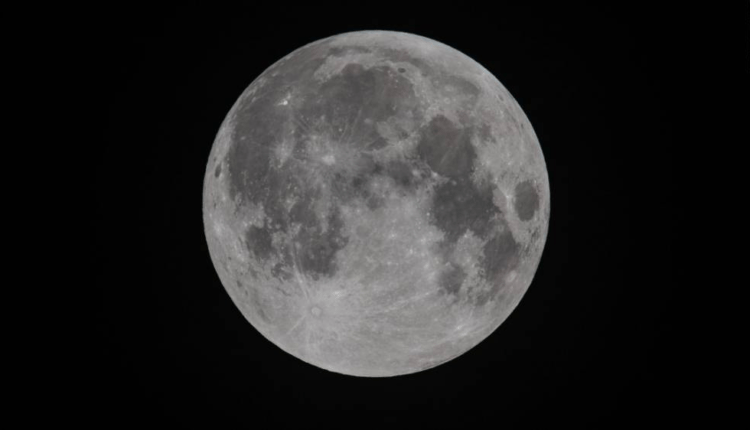(CNN)It’s another step in humankind’s return to the moon, and eventually on to Mars.
As NASA seeks to return humans to the lunar surface through its Artemis program, the space agency is adding international partnerships to facilitate sustainable exploration of the moon — while demonstrating that a human mission to Mars is possible in the future. A collaborative agreement was finalized between NASA and the European Space Agency on Tuesday, and the two agencies will work together on the Artemis Gateway lunar outpost. This is also NASA’s first formal agreement to launch international crew members to the moon during the Artemis missions, according to the agency.
The Artemis Gateway will act as a way station serving astronauts traveling from Earth before they reach the surface of the moon.
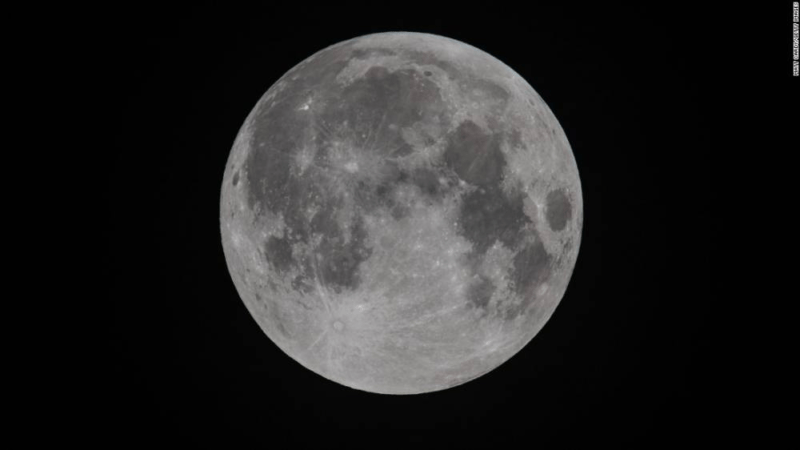
NASA mission finds water on the sunlit surface of the moon “This partnership leverages the outstanding cooperation established by the International Space Station as we push forward to the Moon,” said NASA Administrator Jim Bridenstine in a statement. Read More”Gateway will continue to expand NASA’s cooperation with international partners like ESA, ensuring the Artemis program results in the safe and sustainable exploration of the Moon after the initial human lunar landing and beyond.”
How the Artemis program works
The Artemis program will rely on multiple assets including the Orion spacecraft, the Gateway and the Space Launch System rocket, known as SLS. One of the key features of the program is sustainable space exploration with reusable spacecraft and architecture, which could later take humans to Mars.The SLS rocket will send Orion, astronauts and large cargo to the moon all at once, NASA said. And in the future, it could support robotic missions to Mars, Jupiter and Saturn. The Orion spacecraft can carry four crew members and support deep-space missions, unlike previous craft designed for short flights.
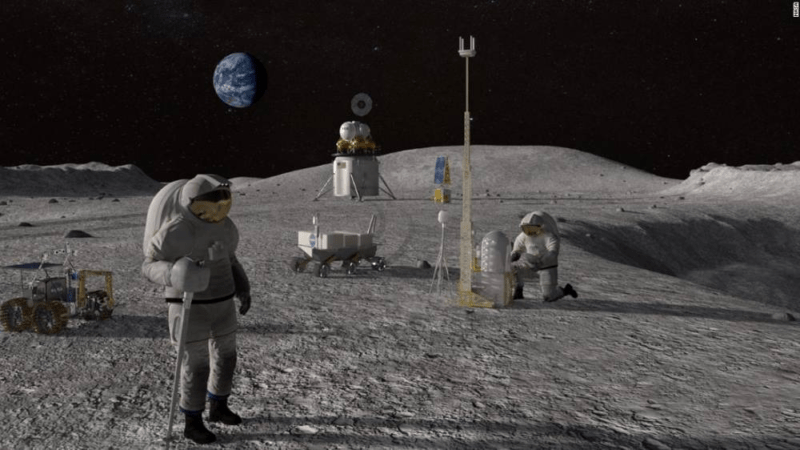
Eight nations sign NASA's Artemis Accords that guide cooperative exploration of the moonOrion will dock at the Gateway, a lunar outpost that will go into orbit around the moon. About 250,000 miles from Earth, the Gateway will allow easier access to the entire surface of the moon and potentially deep-space exploration. The current goal is to land the first woman and the next man near the lunar south pole by 2024, according to NASA. And it’s a goal that requires international partners. The agency anticipates that more will be added in the future. Eight countries have signed on as founding member nations to NASA’s Artemis Accords during the 71st International Astronautical Congress held earlier in October.
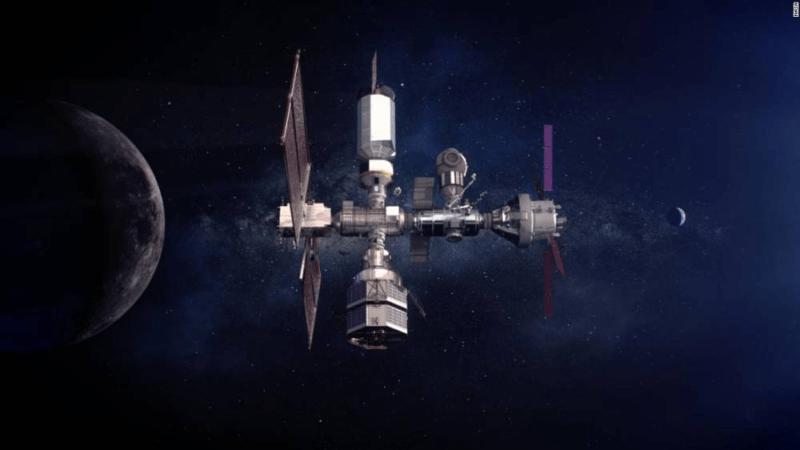
This illustration shows the Gateway lunar outpost. Those nations include Australia, Canada, Italy, Japan, Luxembourg, the United Arab Emirates, the United Kingdom and the United States of America.NASA released the Artemis Accords in May to establish a framework of principles for safely and responsibly planning for humanity’s return to the moon.
Assembling the Gateway
Per the agreement made this week between NASA and ESA, the European Space Agency will supply modules for habitation, refueling and enhanced lunar communications on the Gateway. The two agencies will also be responsible for these modules.The International Habitation module will include the Gateway’s environmental control and life support system, additional living and work space for the crew and space for science experiments both inside and outside the module.
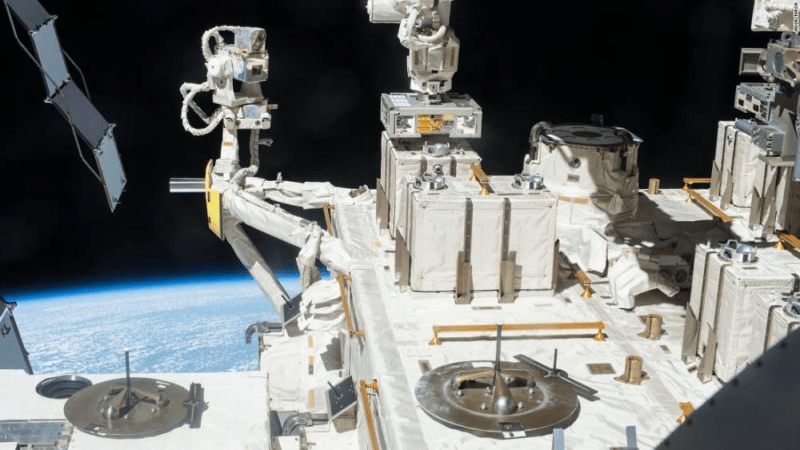
Bacteria from Earth can survive in space and could endure the trip to Mars, according to new study”The Gateway is designed to be supplemented by additional capabilities provided by our international partners to support sustainable exploration,” said Kathy Lueders, NASA associate administrator for the Human Exploration and Operations Mission Directorate at NASA Headquarters, in a statement. “Gateway is going to give us access to explore more of the lunar surface than ever before, and we’re pleased that partners like ESA will join us on these groundbreaking efforts.”Like the International Space Station, Gateway will be assembled in orbit. However, it will be orbiting the moon tens of thousands of miles from the lunar surface and will be about one-sixth of the football field-size space station.
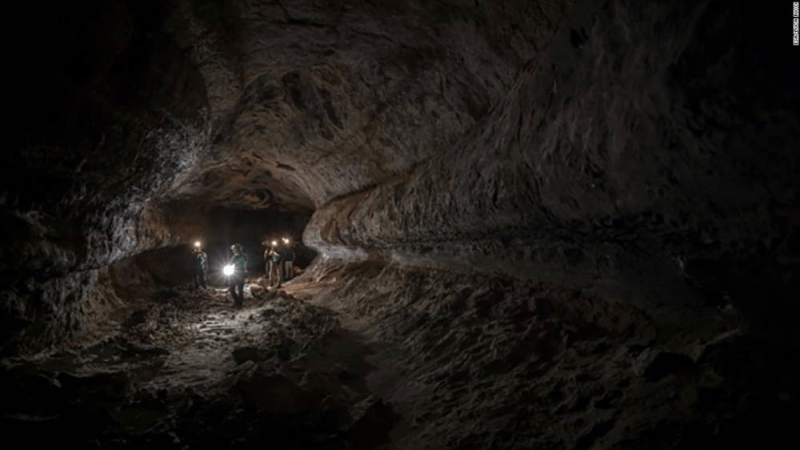
Massive lava tubes on the moon and Mars could be used by astronautsIn addition to international partners, NASA is also working with commercial partners on Gateway and other aspects of the Artemis program. The Gateway will also serve as a hub for science experiments, much like the space station has for 20 years. The first two investigations that will fly on the Gateway have already been chosen. Both are essentially two miniature weather stations, one from NASA, called HERMES, and one from ESA, known as ERSA, that will monitor space radiation to protect astronauts and aid in better understanding of the sun. The NASA station’s name, HERMES, stands for the Heliophysics Environmental and Radiation Measurement Experiment Suite and ESA’s ERSA is the European Radiation Sensors Array.
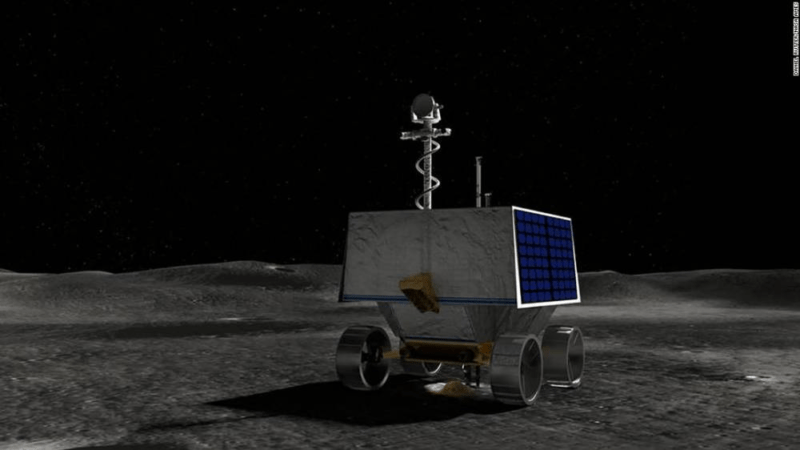
This is the company NASA wants to deliver its 'water-hunting' robot to the Moon”Science will play a critical role in the Artemis program,” said Thomas Zurbuchen, associate administrator for NASA’s Science Mission Directorate, in a statement. “Between NASA’s HERMES and ESA’s ERSA, these and future payloads on the Gateway will help us learn more about space weather and protecting astronauts even as our work to land commercial payloads on the Moon helps advance lunar science and human exploration on the surface of the Moon.”The Gateway will also act as a proving ground for technologies required when planning a human mission to Mars.
“The Gateway will enable sustained Artemis operations while also serving as a catalyst for research and demonstrating new technologies, taking advantage of the unique environment in lunar orbit,” said Dan Hartman, Gateway program manager at NASA’s Johnson Space Center in Houston, in a statement. “ESA’s impactful contribution will enable longer crew duration stays around the Moon and provide unique capabilities necessary to support its operations.”
Source: edition.cnn.com

